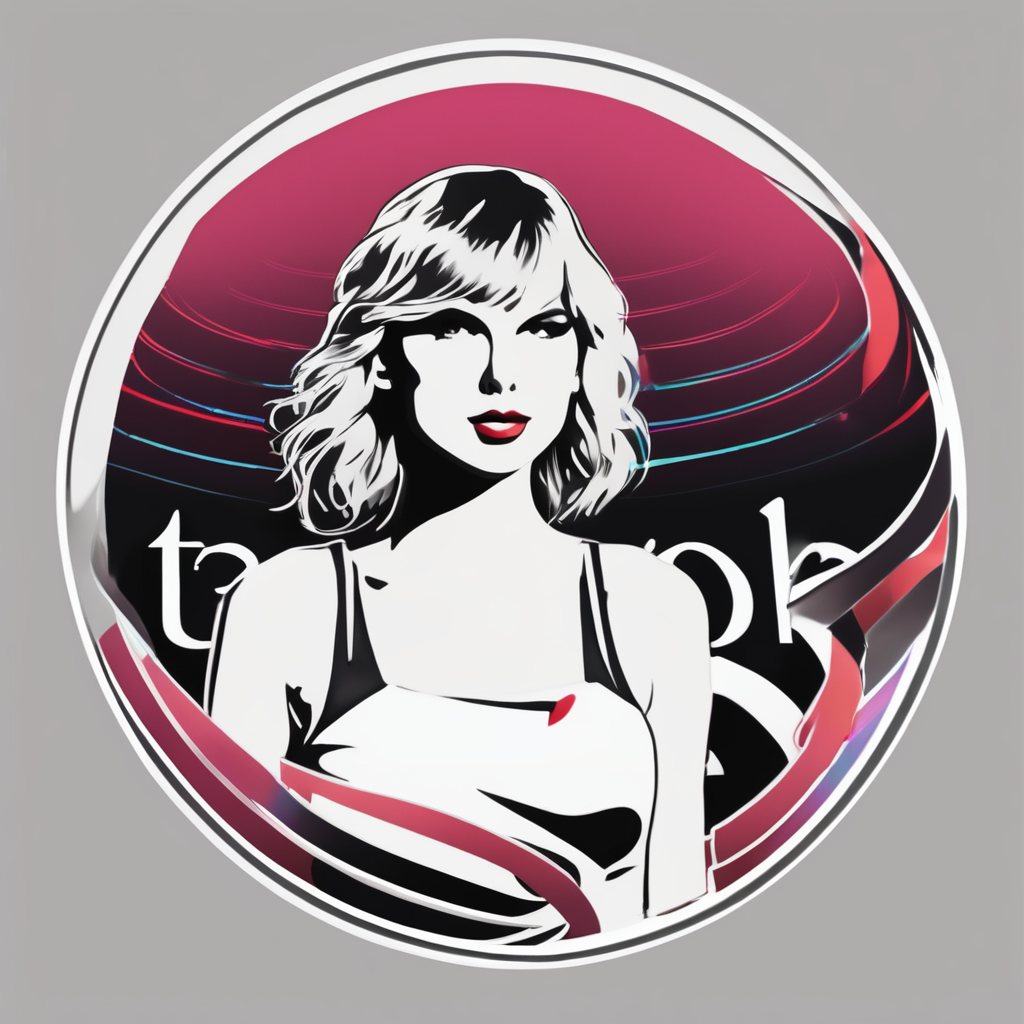Economic Factors Reshaping UK Women’s Fashion
Economic shifts in fashion prominently influence the UK fashion economy, where inflation and retail dynamics play crucial roles. Inflation and rising costs of living have directly impacted fashion retail by increasing production and operational expenses. Brands face tighter margins, often passing these costs to consumers through higher prices. As a result, consumer purchasing power has weakened, forcing customers to reconsider spending habits.
Market responses to recession fears have prompted retailers to adjust strategies. Many have scaled back on inventory and shifted toward more essential or value-focused items. This reaction reflects changes in consumer priorities, with increased emphasis on affordability and versatility over luxury or trend-driven purchases.
Additional reading : What’s the Latest Trend in Women’s Fashion News in the UK?
In this environment, inflation affects both supply and demand sides. Retailers wrestle with higher sourcing and logistics costs, while shoppers limit discretionary spends. These economic shifts in fashion cause the UK industry to innovate, balancing quality, price, and consumer expectations. This delicate balance will shape the future trajectory of women’s fashion in the UK as the economy evolves.
Shifts in Consumer Behaviour and Shopping Habits
Consumer trends UK show a clear pivot towards value-driven purchases as inflation and retail pressures affect spending patterns women rely on. Shoppers increasingly hunt discounts and prioritize essentials over luxury items. This shift arises from constrained budgets, prompting consumers to seek the best possible quality for lower prices.
Also read : Dream wedding in italy: personalized venues and expert planning
The rise of slow fashion mirrors growing awareness about sustainability, influencing shopping habits fashion-wide. More women consciously choose durable, ethically produced clothing, reflecting a blend of economic caution and environmental responsibility. This trend reduces impulse buying and supports longer product lifecycles.
Online versus in-store shopping behaviors also evolve under economic shifts in fashion. Digital platforms gain traction, offering convenience and competitive pricing, which appeals amid tight budgets and cautious spending. In contrast, physical retail sees a decline as consumers avoid unnecessary in-person trips, focusing purchases on targeted needs.
These spending patterns women exhibit are not merely reactions but signal a broader transformation in UK fashion economy. Understanding these shifts helps retailers tailor offerings, balancing affordability, quality, and sustainability to meet evolving consumer expectations while navigating inflation and retail challenges.
Brand Strategies and Business Adaptations
Brands within the UK fashion economy are actively revising their approaches to withstand ongoing economic shifts in fashion. A primary focus is on pricing strategies fashion that address rising costs without alienating cautious consumers. Many brands adopt tiered pricing or limited edition releases to balance affordability with exclusivity. These adjustments help stabilize margins amid inflation and retail pressures.
Beyond pricing, an increasing number of fashion businesses invest in sustainability and ethical production to appeal to evolving consumer values. This brand adaptation UK not only reduces environmental impact but also strengthens customer loyalty through transparent practices. Communicating these commitments openly fosters trust, essential in a market demanding authenticity.
Additionally, brands enhance their marketing with clear, honest dialogue about product origins and value. Such transparency aligns with consumer desires for responsibility and quality, which are crucial in turbulent economic times. Together, pricing adjustments, ethical focus, and improved communication form a robust fashion business strategy UK that supports resilience and growth despite inflation and retail challenges.
Supply Chain Challenges and Solutions
Economic shifts in fashion directly impact the fashion supply chain UK, where rising material costs strain budgets. Inflation drives up prices for fabrics and components, complicating production planning. This volatility forces brands to rethink sourcing strategies to maintain competitive pricing without sacrificing quality.
One common solution within the industry is local sourcing, which reduces reliance on distant suppliers and lessens exposure to global logistics disruptions. By diversifying supply chains, UK businesses gain resilience against delays and cost spikes. Such diversification supports steadier inventory flows, essential amid persistent inflation and retail unpredictability.
Digital technologies further aid the logistics fashion industry by streamlining operations. Tools like real-time tracking and predictive analytics enhance supply chain visibility and efficiency. These innovations help brands anticipate bottlenecks and optimize stock levels, crucial in a fluctuating economic climate.
Managing these supply chain challenges ensures fashion retailers can adapt swiftly to changing cost structures, supporting sustainability goals and consumer demands. This strategic approach underpins the broader economic shifts in fashion, enabling the UK fashion economy to navigate ongoing inflation and retail pressures successfully.
Emerging Trends and The Future Outlook
The future of women’s fashion in the UK is being shaped by ongoing economic shifts in fashion and evolving consumer demands. Among the UK fashion trends, adaptive and versatile apparel is gaining prominence. Consumers seek garments that balance style with practicality—pieces that can transition across occasions and seasons, catering to tighter budgets and lifestyle changes.
As inflation and retail fluctuations persist, brands anticipate further economic outlook fashion adjustments, focusing on smart inventory and flexible designs that minimize waste. Forecasts suggest consumers will continue valuing quality over quantity, reinforcing slow fashion’s foothold alongside economic prudence.
Experts highlight that technology and sustainability will steer future innovations. Incorporating eco-friendly materials and digital tools promises both environmental benefits and cost efficiencies, critical in a challenging economic climate. However, brands must navigate uncertainties such as supply chain disruptions and variable purchasing power, making agility essential.
These evolving trends and predictions position the UK fashion economy to adapt proactively while maintaining consumer appeal and resilience amidst continuing economic pressures.




